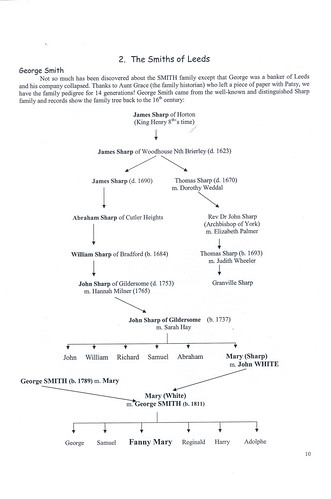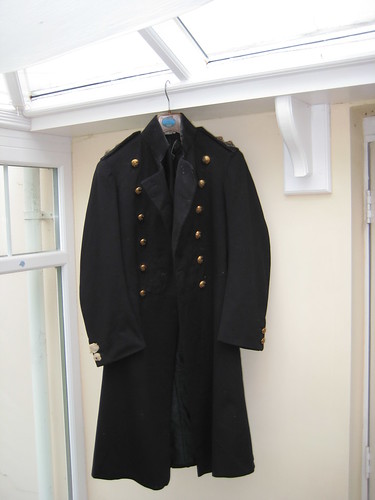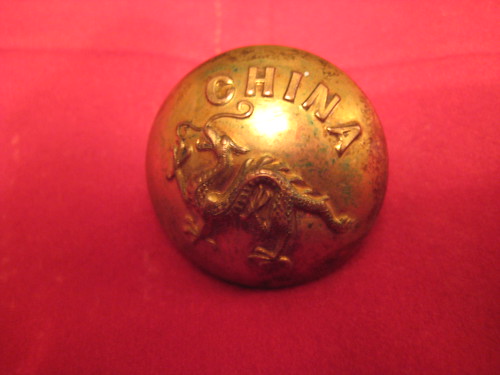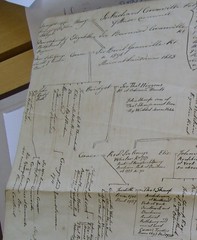Her Granny Drayson (mother of Alan and Edwin) also had a daughter, who died as a toddler. The bereft mother had a breakdown and to help her recover, a lady companion was hired, who lived with the family for many years. This was Miss Bell, who was always known to the Draysons as Pieface. There are photos of her among the family archives.
Granny didn't like her Drayson grandmother, nor Pieface, whom she found bitter and sarcastic (cf Arthur Conan Doyle, who enjoyed Arther Drayson's sarcasm. Sarcasm didn't impress Granny much & we used to get black looks if we tried it). She recalled that when Pieface had a letter announcing the death of her brother in the far East, she said "good riddance" and the family were very shocked.
Eric Bell was an influential Scottish-American mathematician - see for example http://en.wikipedia.org/wiki/Eric_Temple_Bell. Reid's book, as I remember, suggested that there was a mystery connected with his early life and family, possibly connected with the death or disappearance of his father, which he was determined to keep secret and probably lied about.









